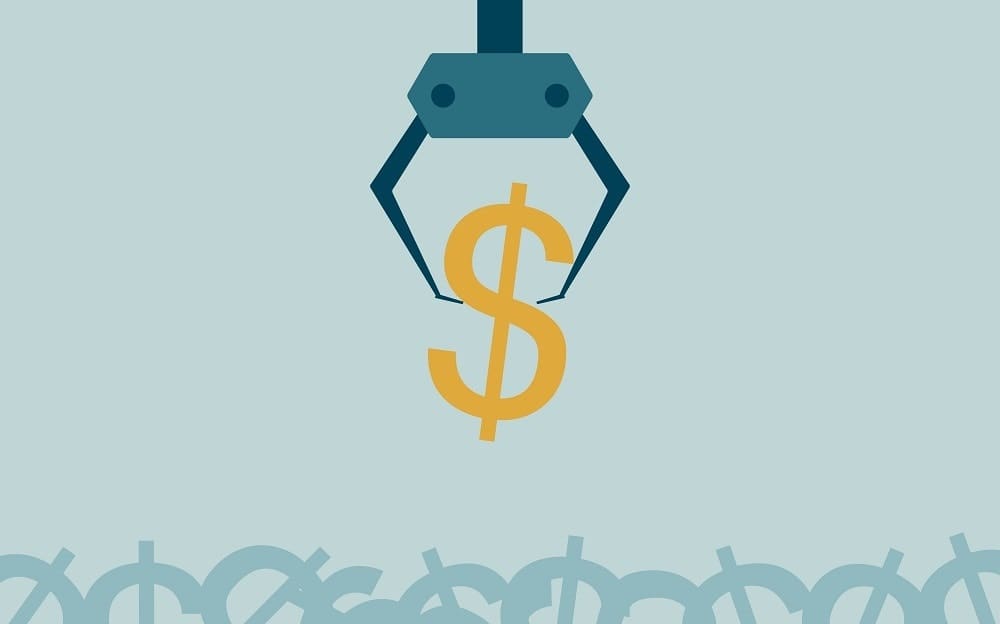The use of clawbacks and malus provisions gained global momentum following the Enron and Worldcom scandals, but the financial services industry has been slow to follow suit. Allen & Overy’s Brian Jebb and Sarah Henchoz discuss.
Compensation recovery provisions, commonly known as “clawbacks,” are an effective means to deter fraud and undue risk-taking by financial services C-suite executives, but they are utilized differently throughout the world and most sparsely in the United States, where they just may be needed the most. Related are “malus” provisions to executive compensation agreements, where bonus or incentive pay is kept in escrow for a period of time and can be retroactively reduced in cases where the company experiences future losses.
Clawbacks were hallmarks of the U.S. regulatory response to the failures of Worldcom and Enron in the early 2000s. Both companies paid bonuses to executives based on fraudulently stated financials, and regulators worried that a system without repercussions incented executives to misstate now, get paid now and escape later without consequences.
U.S. Clawbacks Focus on the C-Suite
The Sarbanes-Oxley Act of 2002 authorizes the SEC to seek disgorgement of certain performance-based compensation or profits received from the sale of employer securities from CEOs and CFOs if the company restates its financial information because it did not comply with financial reporting requirements under federal securities laws as a result of misconduct. After the global financial crisis, the 2010 Dodd-Frank Wall Street Reform and Consumer Protection Act required U.S. public companies to implement a clawback policy requiring the company to recover incentive-based compensation paid to its current and former executive officers if the company must prepare an accounting restatement due to its material noncompliance with any financial reporting requirements under securities laws. The policy must apply to incentive-based compensation received by any executive officer during the three years before the accounting restatement that is in excess of what would have been paid based on the restated financial information.
The Dodd-Frank clawback requirements have never been implemented and have existed since 2015 simply as rules proposed by the SEC.
In the meantime, boards of directors can still work clawback and malus arrangements into their executive compensation packages, though they have rarely pursued these measures and, when they do, it tends to be in instances where a company faces an existential issue. In 2017, for example, the Wells Fargo board recalled more than $180 million paid to executives after substantial negative press indicated these executives had been responsible for creating a sales culture that motivated employees to sign up customers for thousands of phony credit accounts.
While U.S. regulations focus on executive compensation, it’s worth noting there are risks outside of the C-suite, as many financial services employees have the power to make trades and investments that expose their employers and their employers’ investors to varying degrees of financial risk. These employees, known as “material risk takers” in EU law, might engineer trades or investments to maximize their own payouts while risks to the firm may not become apparent for years, during which time the risk-taking employee may have decamped for other employment.
Green Light in the EU Landscape
A driver for the uptake of clawbacks across Europe is 2014’s EU Capital Requirements Directive 4, which has required relevant financial services firms to put all variable pay at risk of recovery through malus (pre-vesting recovery) or clawback arrangements. While the triggers can generally be decided by each firm, these must minimally include instances of poor financial performance, individual misconduct or failure to meet appropriate standards of fitness and propriety.
The upshot has not been the adoption of clawback as a matter of course. Many firms have preferred to rely on more robust performance conditions coupled with malus to withhold or reduce pay where necessary, with clawbacks as a last resort. Not only are clawbacks considered draconian, they are notoriously difficult to enforce legally and practically. Take France and Germany, where, subject to recent and upcoming reforms, clawbacks have been contrary to local labor laws. For many, clawbacks are a deterrent and an arrow in the risk management quiver, should other recovery mechanisms prove inadequate.
Clawbacks Reign in the U.K. and EU
In contrast to the U.S., the U.K. (followed by Germany) has some of the most robust laws in the world. Since 2015, U.K. banks have been required to make variable pay recoverable through malus and clawbacks for seven years after it is awarded (extendable to 10 years for some senior individuals). A more benign expectation, enforced on a “comply or explain” requirement, applies to U.K.-listed companies who must include malus and clawback provisions within performance-related plans.
Since 2017, German banks with total assets of €15 billion have been required to include clawback provisions in employment contracts for all high-level executives and material risk-takers. These rules allow for compensation to be reclaimed if an employee’s behavior causes either massive losses or regulatory sanction of the institution.
To facilitate the company’s reclamation of compensation, a top manager at a German financial institution is required to collect bonus compensation over a minimum five-year bonus period. The clawback period expires two years beyond the deferral period, so a German banking executive’s compensation is at risk for a full seven years after it has been granted. Material risk takers at German banks must accept a minimum three-year deferral of bonus compensation with a two-year clawback period tacked on. German regulators are now talking about expanding these rules beyond the financial sector.
In the U.K., regulators have responded to another risk of material risk-takers: They tend to be highly prized employees who are often recruited to change jobs. When a skilled trader leaves one job for another, they typically demand a signing bonus that meets or exceeds the value of any deferred compensation they’ll leave behind. These buy outs can immunize the employee from any clawback provisions that their previous employer could have applied for wrongdoing discovered after they leave.
The U.K.’s Prudential Regulatory Authority, which oversees banks, large investment companies, insurance companies and other financial institutions, now requires hiring institutions to ensure that buy outs are subject to the same malus, clawback and other risk alignment provisions as the deferred compensation they are replacing and are no more generous. The previous employer can also demand that malus or clawback provisions be applied to the buyout if warranted by wrongdoing that comes to light.
In France, draft legislation is pending that would permit the operation of malus and clawback provisions for risk-taking behavior by material risk-takers and key individuals in portfolio management companies and ease the tension between labor law and regulatory expectations. The bill is expected to be voted on this spring.
The Bottom Line
Clawback provisions should be explicitly stated and agreed to in employment contracts, plans or award agreements, as a pre-condition of award, whenever possible. This is especially important for multinational institutions. Without agreed-upon provisions, an employee of a U.K. firm living in the U.S. might be able to claim that their employer’s attempt to recoup previously issued payments is in breach of U.K. labor law.
Clawback laws are still relatively young, and to date, we have not seen a wave of enforcement. Indeed, since these laws are meant to deter bad behavior, the absence of scandal would be a sign of their success.
We have persuasive evidence that clawbacks previously implemented in the U.S. do effectively align incentives to discourage behavior and decision-making that leads to long-term negative consequences. In 2011, a group of scholars at the University of Washington Foster School of Business analyzed 300 U.S. firms that had implemented clawbacks and found that these businesses had materially more accurate financial reporting. A 2012 study published in The Journal of Accounting and Economics found that U.S. companies with clawbacks issued fewer accounting restatements.
Weaknesses in the clawback system include regional differences in laws, which may create unforeseen loopholes that prevent enforcement, and a lack of a uniform code in the U.S. financial system – the source of so many of the issues that led to the global financial crisis – to cover material risk-takers.
The solution to this is action from the industry. U.S. financial institutions should protect themselves by routinely writing clawback provisions into their employment policies and agreements, subject to applicable local laws.












